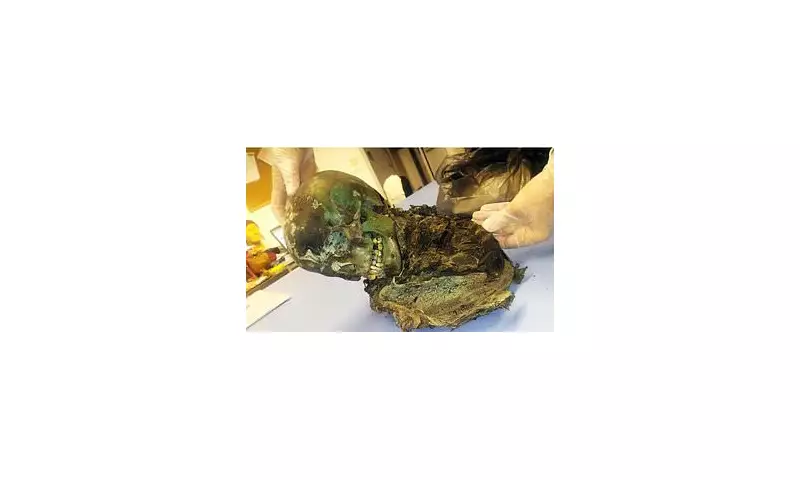
In a discovery that reads like something from an archaeological thriller, scientists have finally unravelled the mystery behind a bizarre green-hinted mummy that has baffled experts for decades. The remarkably preserved corpse, dating back to 16th-century Poland, presents one of the most unusual preservation phenomena ever documented.
The Emerald-Coloured Corpse
Discovered in a crypt in Poland, this extraordinary mummy stands out for its distinctive greenish tint that has persisted for nearly five centuries. Unlike traditional Egyptian mummies, this European specimen underwent a completely different preservation process that left it with an almost emerald-like appearance.
Copper's Surprising Role
Through cutting-edge scientific analysis, researchers have determined that the green coloration stems from copper particles that infiltrated the body during the decomposition process. "The copper acted as a powerful antibacterial agent," explains lead researcher Dr. Magdalena Krajcarz from the University of Toruń.
The metal's presence created an environment hostile to the microorganisms that typically cause decomposition, resulting in exceptional preservation of soft tissues that would normally have deteriorated completely.
Accidental Preservation Masterpiece
What makes this discovery particularly fascinating is that the preservation appears to have been entirely accidental. The copper likely leached into the body from coins or other metal objects buried alongside the deceased, creating perfect conditions for natural mummification.
Scientific Breakthrough
The research team employed advanced techniques including scanning electron microscopy and chemical analysis to solve this centuries-old mystery. Their findings provide new insights into alternative mummification processes and the unexpected role of metals in preservation.
This extraordinary case challenges our understanding of natural mummification and opens new avenues for archaeological research, particularly in European contexts where such well-preserved specimens are exceptionally rare.





